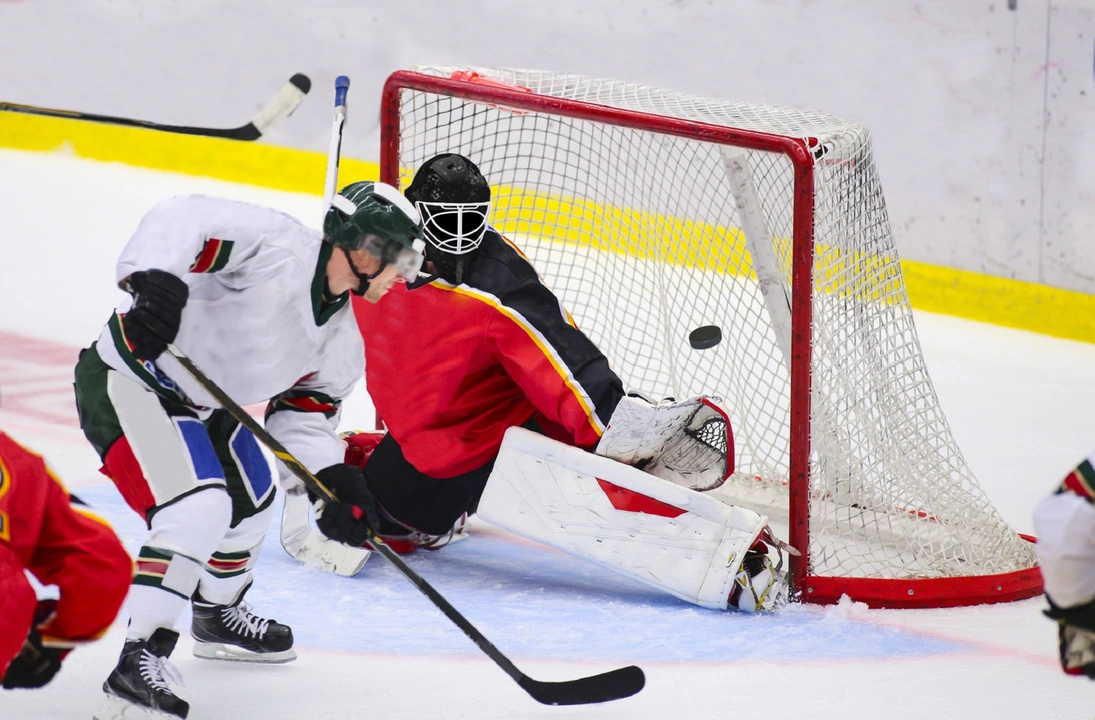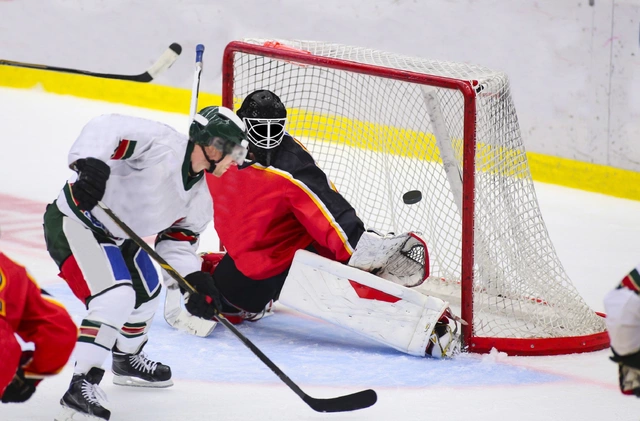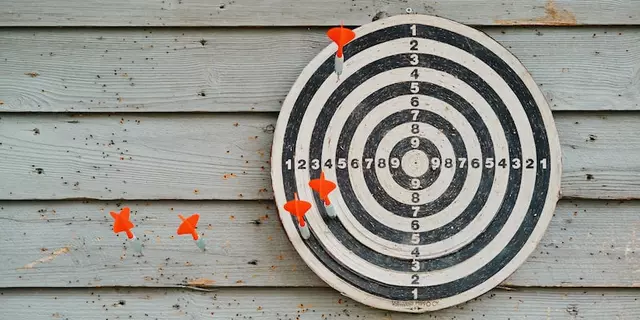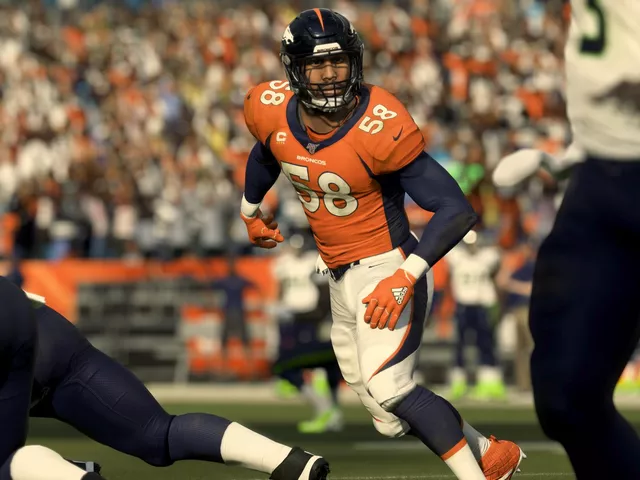Understanding the Role of Defensemen in Hockey
Before we dive into the specifics of how many defensemen are on a hockey team, it's important to understand the role of defensemen in the game. Defensemen are the backbone of a team's defense, responsible for preventing the opposing team from scoring goals. They do this by blocking shots, intercepting passes, and using their body to separate opponents from the puck. Now, let's explore how many defensemen typically make up a hockey team.
The Standard Number of Defensemen on a Hockey Team
On a standard hockey team, there are usually six defensemen. These six players are divided into three pairs, each pair playing together as a defensive unit during a game. Within a game, the pairs may be rotated in and out to give players rest and keep them fresh. This also allows coaches to make strategic decisions based on the skills and strengths of each pair.
Factors Influencing the Number of Defensemen
While six defensemen is the most common number, there are factors that can influence this. Injuries, for example, can force a team to play with fewer defensemen. Additionally, a team's style of play or coaching strategy might lead them to carry more or fewer defensemen. Some teams may choose to have a seventh defenseman as a backup, or even an eighth, in case of injuries or other unforeseen circumstances.
Defensive Pairings: How They Work Together
As mentioned earlier, defensemen play in pairs. These pairings are typically made up of one right-handed defenseman and one left-handed defenseman. This allows each player to play on their respective "strong side" of the ice, which makes it easier for them to handle the puck and make plays. Coaches will often experiment with different pairings to find the best combinations for their team's success.
The Importance of Chemistry Between Defensemen
Chemistry between defensive partners is crucial for a successful hockey team. When defensemen know each other's tendencies and communicate well, it can lead to a more cohesive and effective defensive unit. This chemistry is often developed through practice and game experience, and it's not uncommon for coaches to keep successful pairings together for extended periods of time.
Offensive Contributions from Defensemen
While defensemen are primarily focused on preventing goals, they can also contribute offensively. Many teams rely on their defensemen to jump into the play and create scoring opportunities. This often involves pinching in from the blue line to maintain offensive pressure, or joining the rush to create an odd-man advantage. Some defensemen are known for their offensive prowess and can significantly impact a team's scoring ability.
Defensive Special Teams: Penalty Kill and Power Play
Defensemen play a critical role in special teams situations, such as the penalty kill and power play. On the penalty kill, defensemen must work together to block shots, clear the puck, and prevent scoring chances. Conversely, on the power play, defensemen are often responsible for setting up plays, distributing the puck, and creating scoring chances from the blue line.
In Conclusion: The Backbone of a Hockey Team
So, how many defensemen are on a hockey team? While the standard number is six, various factors can influence this, such as injuries or coaching strategy. Regardless of the precise number, defensemen play a crucial role in a team's success, both defensively and offensively. They are the backbone of a hockey team, working together in pairs to protect their net and contribute to their team's overall performance. Understanding the importance of defensemen and their role in the game is essential for any hockey enthusiast.








Write a comment